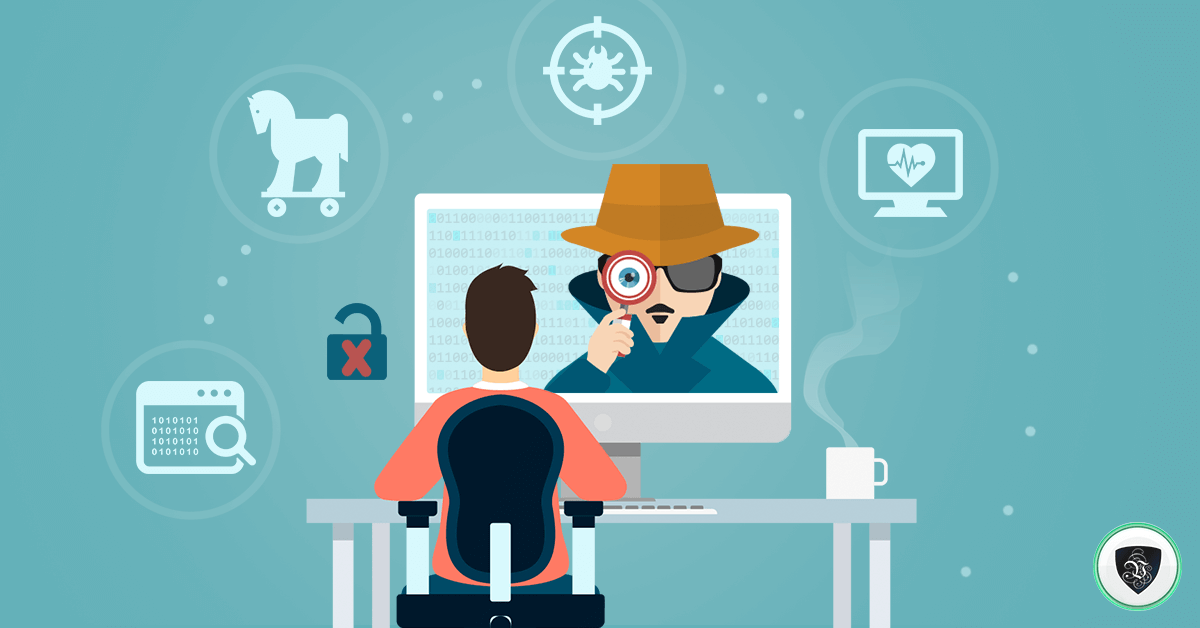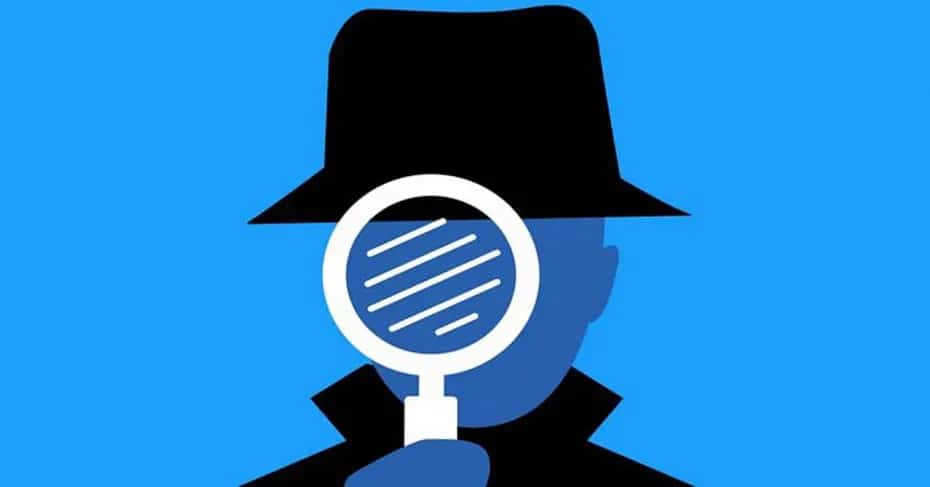
What is a spyware/spyware?
In the malware industry, there are several.
Indeed, there may be categories for almost any act of cyber malice. Among these malwares, we have spywares still called spyware. Malware intended to violate the privacy of data in a computer terminal.
In terms of use, spyware is wreaking more and more havoc in a context where computer warfare is raging. These are software that threatens the devices and the personality of the data they contain.
This article will also interest you: What is a rootkit?
Spyware is defined as a subcategory of malware. Computer science usually use it to make machines. These can be computers, smartphones or tablets. Their usefulness revolves around the theft of information. As a result, the use of this type of application is done as discreetly as possible so that the targeted user cannot see it for as long as possible. During the time it is installed on the terminal, it simply continues to siphon data for the benefit of cyber criminals who will know how to use it as they please.
In practical ways, it should be meant that there are several types of spyware. And compared to specificity, these malware presents a lot of danger to users:
– Information thieves: these kinds of computer programs used to first scan the contents of the targeted terminal and collect for the benefit of hackers, all the information that can be exploited. In other words, data that can either initiate new computer attacks or be sold on the Darkweb. These include browsing his or her browsing records, business documents, logs, addresses, emails, photos or passwords.
– Keyloggers or keystroke recorders: This malware is used to record everything they type on their keyboard without the user's knowledge. Whether the keyboard is physical or virtual. In other words in it served to spy on keystrokes on computers as well as on smartphones and tablets. As a result, the cybercriminal can use it to gain access to notes, messages, web searches, passwords. In short, everything that is seized. In addition, there are versions capable of contextualising and all texts, clearly what content for which platform for which application. A very useful tool when you want to steal login credentials.
– Trojans: These are malware that is also categorized into the larger spyware package. It has the functionality of modifying web pages and carrying out transactions is visible during financial transactions (for bank Trojans) or action. For example, in the case of bank Trojans, malware can change the content of a transaction or add other payments to the initial transaction. They also allow the recovery of bank identifiers. Data that can be easily monetized on the black market of personal or financial data. For this purpose it is very rare for data thieves, i.e. bank Trojan horse operators, to exploit the financial data of stealing themselves.
– Password thieves: software that exploits the memory of computers or smartphones to collect the data entered, especially passwords and other login credentials. For example, they can use navigation cookies.

To protect against spyware, it all starts with good digital hygiene. Indeed, the majority of people who get infected by these software are infected through the phishing phishing method. A very simple method that for years has produced an undeniable result in the field of cybercrime. It's about trapping the user by directing them to a website designed for this purpose. And to do nothing more. Hackers design messages sent through traditional messaging or email, messages that always invite the user to click on a link. In the general case, these are messages that relate to a well-known topic that may be of interest to the recipient. It can be a promotion, an invitation, or an imaginary boss. The user when not vigilant clicks on the link. From the moment it accesses the website, cyber criminals have the option of installing malware on the terminal. The technique seems simplistic, but still works. According to the computer security specialist, more than half of the computer attacks started with a phishing message. Enough to attract the attention of the average user. In other words, the first protection against malware, and not click on a link that you receive by message when the recipient is not someone trusted or if this is not necessary in a particular setting. Users are advised to access the website directly instead of using the links it receives per message.
The second advice, and the use of protective software. Today there are a variety of programs to protect computer terminals. They are regularly updated to the evolution of malware, allowing you to protect yourself when the intrusion is done in a rather complex way.
The third tip is to check your Internet data consumption. Indeed, the consumption of the Internet is important for the operation of spyware. If you feel that your usage is far too high compared to using your applications, feel free to perform a thorough scan of your software and operating system. A malicious program may take advantage of the situation to exfiltrate data.
Now access an unlimited number of passwords!